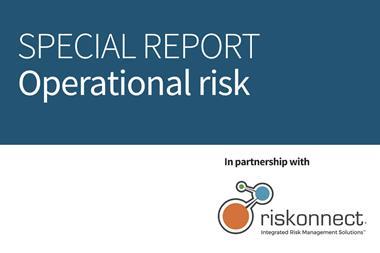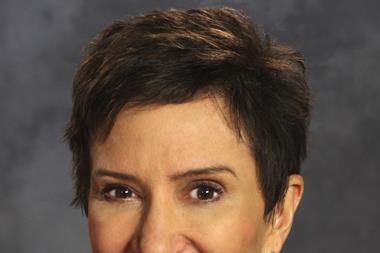Study finds some banks holding 70% less capital than peers

A new report from the European Union banking watchdog may heighten suspicions that banks are modifying the way they measure risk on their books to cut capital requirements.
The European Banking Authority’s (EBA’s) ‘top down’ study into risk-weighted assets (RWAs) across 89 banks in 16 countries found some banks were using risk modelling approaches that required them to hold 70% less capital than their peers.
The EBA found that half of the differences in RWAs were a result of objective factors including regulatory differences between countries, diverse asset mixes and whether banks were using standardised models to assign risk or their own models.
The gaps between RWAs are vital because a bank’s capital ratio, which is used to measure financial strength, is measured using RWAs as a factor. A bank that understates its risk appears stronger in financial ratings than it is.
EBA chairperson Andrea Enria said: “Greater disclosure could go some way to appease the concerns raised by investors and market analysts on the reliability of banks’ RWAs, but this is not enough. The remaining dispersion is significant, and calls for further investigations and possibly policy solutions.
“We are strongly committed to deepening this analysis to ensure RWAs are seen and understood as reliable and consistent across banks, reflecting their true risk profile,” she said.
The EBA is planning further studies to measure risky lending in small and medium-sized businesses and residential mortgages.




















No comments yet